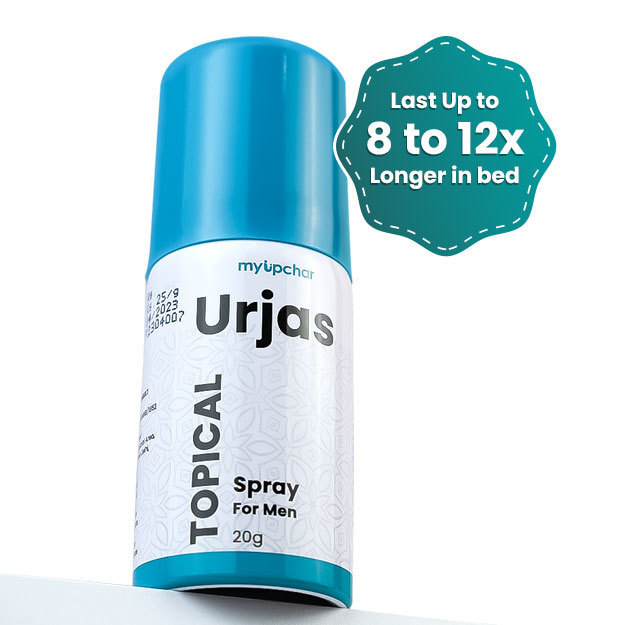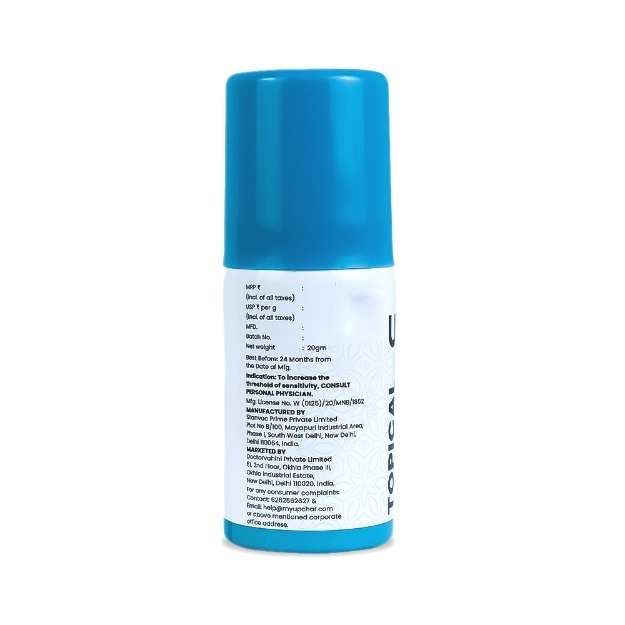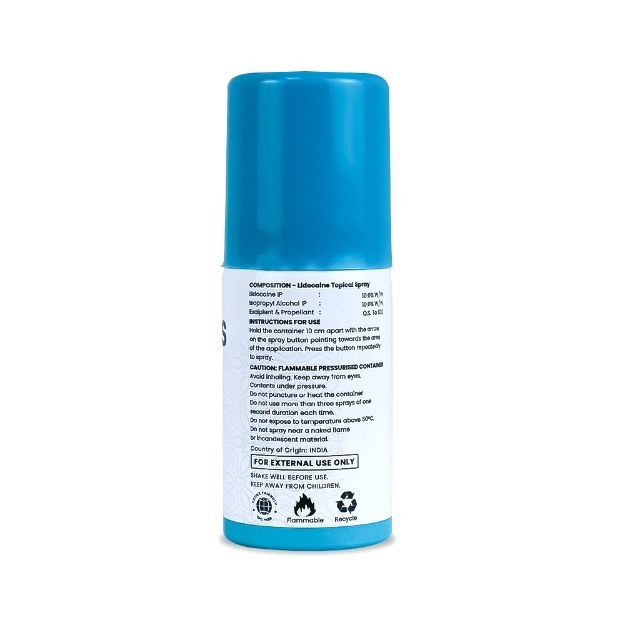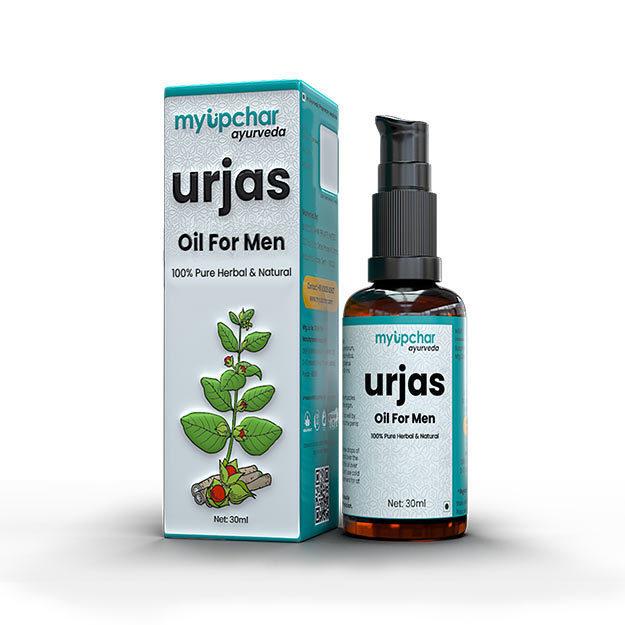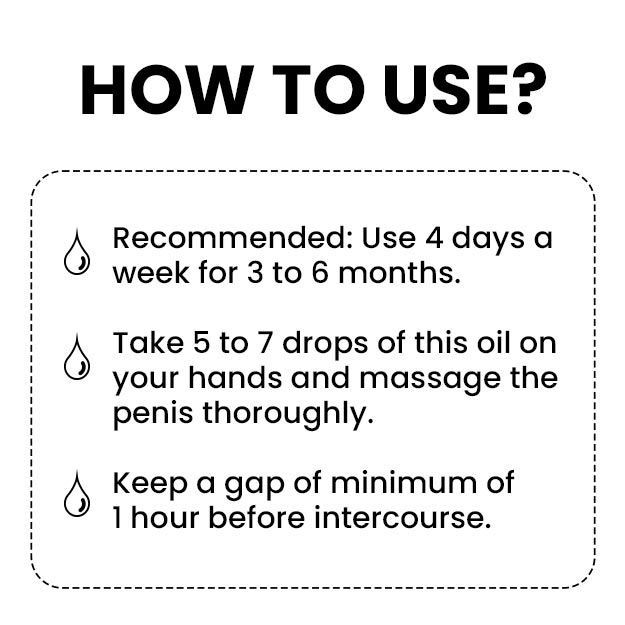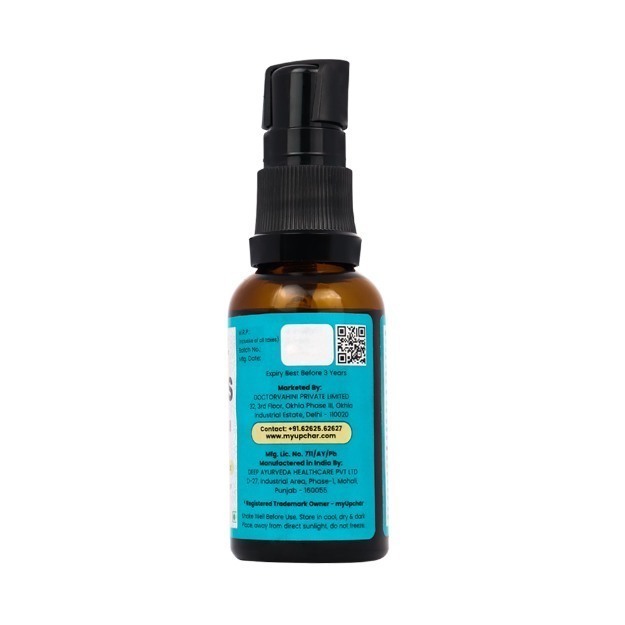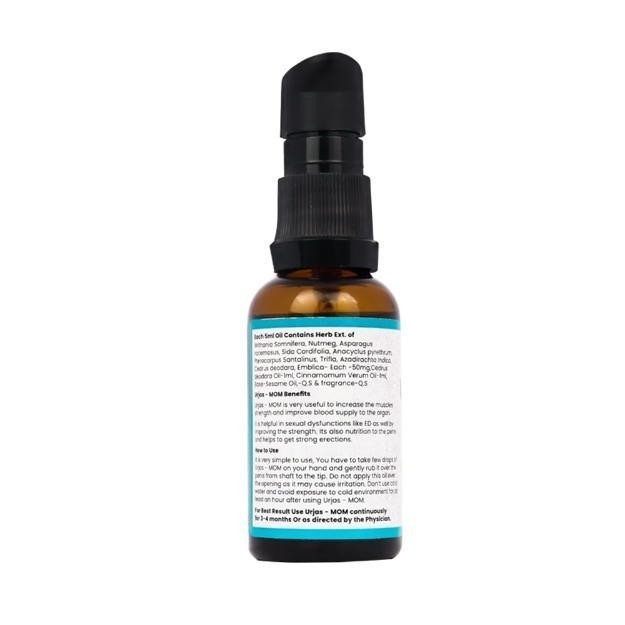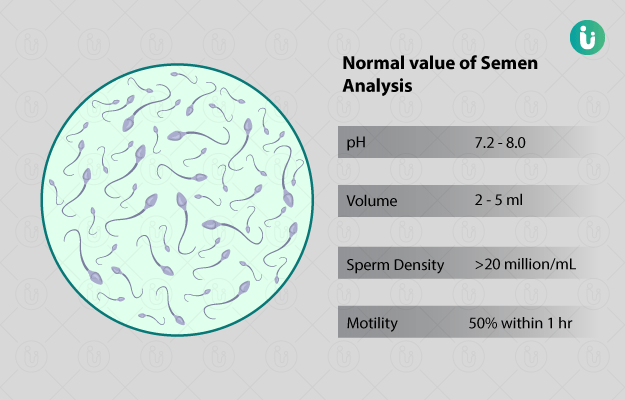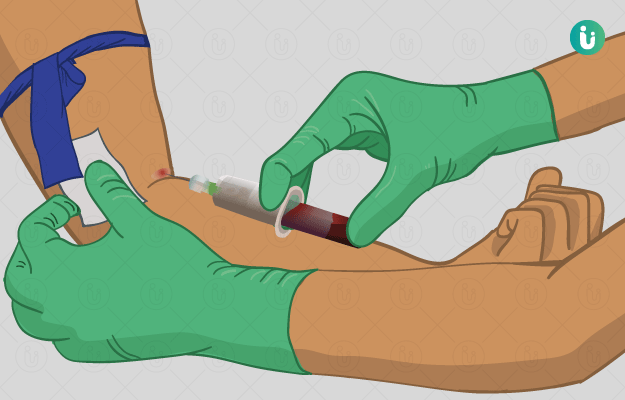What is a Sex Hormone test?
A sex hormone test is used to measure the levels of three chief sex hormones in the body, namely, oestrogen, progesterone and testosterone.
In men, testosterone is secreted by Leydig cells in testes and helps in the growth of sex organs and secondary sexual characters (hair on the face and pubic area, etc.). Testosterone is also produced in a small amount by ovaries in women.
Oestrogen is an important sex hormone, which is produced by ovaries in women, and in small amounts in adrenal glands and testes in men. It travels in three different forms in blood and is responsible for the changes in female body during puberty, the onset of monthly cycles, growth of female sexual characters; it is also essential for maintaining pregnancy.
Progesterone is yet another female hormone that is produced by ovaries. In pregnant women, placenta also produces progesterone, which is necessary for preserving the pregnancy. In men, progesterone is produced by adrenal glands and it is essential for the production of other male hormones.
Pituitary gland in the brain helps in the regulation of sex hormones secreted by the sex organs in both men and women. Sometimes, follicular stimulating hormone (FSH), luteinizing hormone (LH), prolactin hormone and human chorionic gonadotropin (HCG) hormone are also included in sex hormone test, particularly along with the progesterone test, to evaluate conditions, such as infertility, hypogonadism and premature puberty.





